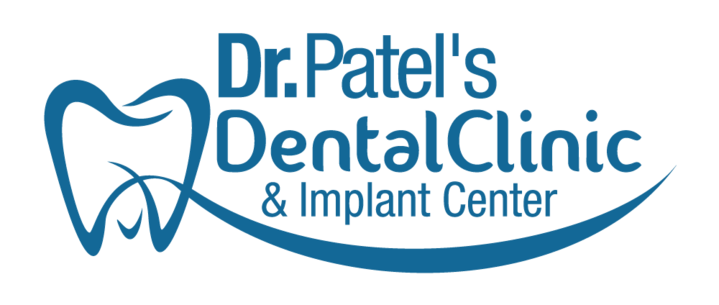What is General Anesthesia?
General anesthesia is a medication that puts you into a deep sleep during a dental procedure. This means you won’t feel any pain or be aware of what’s happening. It’s often used for complex dental procedures that require a long time or involve multiple surgeries.
Why is General Anesthesia Used in Dentistry?
There are several reasons why general anesthesia might be recommended for your dental procedure:
- Extensive Oral Surgery: For extensive treatments like multiple extractions, jaw surgery, or dental implants.
- Severe Dental Anxiety: If you have a severe fear of dental procedures, general anesthesia can help you relax and feel comfortable.
- Children who are unable to Cooperate: For children or individuals who cannot cooperate during dental procedures due to developmental or behavioral issues.
- Medical Conditions: Individuals with certain medical conditions that may interfere with other forms of anesthesia.
How Does General Anesthesia Work?
- Pre-Procedure Preparation: Before the procedure, you’ll be asked to avoid eating or drinking for a certain period. You may also need to stop taking certain medications.
- Administration: The anesthesia is administered through an IV in your arm. It causes you to lose consciousness and become pain-free.
- Procedure: During the procedure, a dental professional will perform the necessary treatments.
- Recovery: After the procedure, you’ll be monitored in a recovery room until you wake up and your vital signs are stable.
Is General Anesthesia Safe?
General anesthesia is generally considered safe when administered by qualified professionals in a controlled environment. However, like any medical procedure, there are potential risks involved. These risks are minimal when the procedure is performed by experienced dentists and anesthesiologists.
Preparing for General Anesthesia
To ensure a safe and successful procedure, it’s important to follow your dentist’s instructions carefully. This may include:
- Medical History: Providing a detailed medical history, including any allergies, medications, and previous surgeries.
- Pre-Operative Evaluation: Undergoing a physical examination and possibly additional tests, such as blood work or an electrocardiogram (ECG).
- Fasting: Following specific instructions regarding fasting before the procedure.
Recovery from General Anesthesia
After the procedure, you’ll be monitored in a recovery room until you’re fully awake and your vital signs are stable. You may experience some grogginess or fatigue for a short time. It’s important to follow your dentist’s post-operative instructions, which may include:
- Rest: Getting plenty of rest to aid in recovery.
- Pain Management: Taking prescribed pain medication as directed.
- Follow-Up Appointments: Scheduling follow-up appointments with your dentist to monitor your healing and address any concerns.
Conclusion
General anesthesia is a valuable tool for complex dental procedures. It can provide a comfortable and stress-free experience for patients. If you’re considering general anesthesia for your dental procedure, discuss your concerns with your dentist or oral surgeon. They can provide you with more information and help you make an informed decision.
Case 1 :


